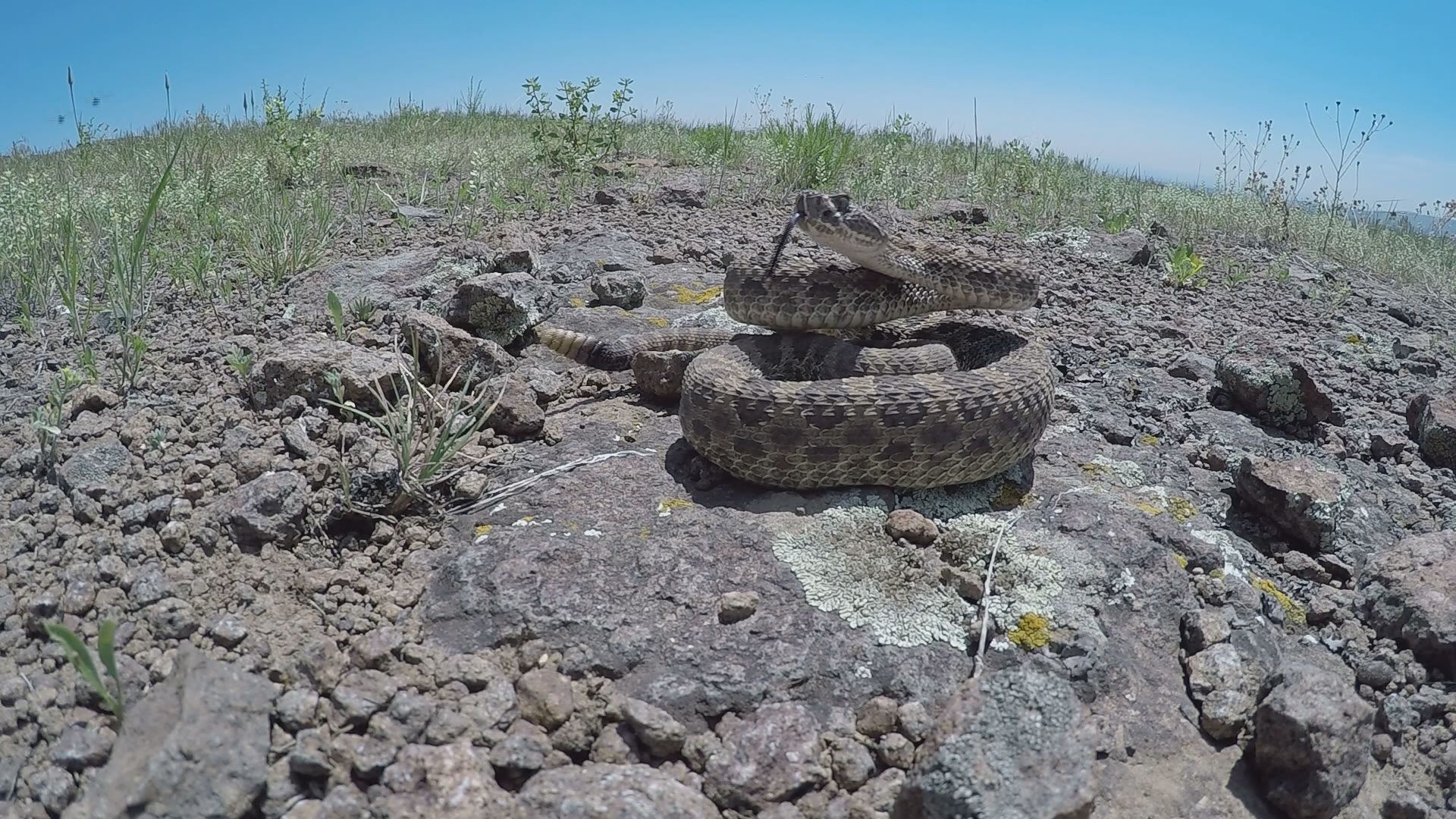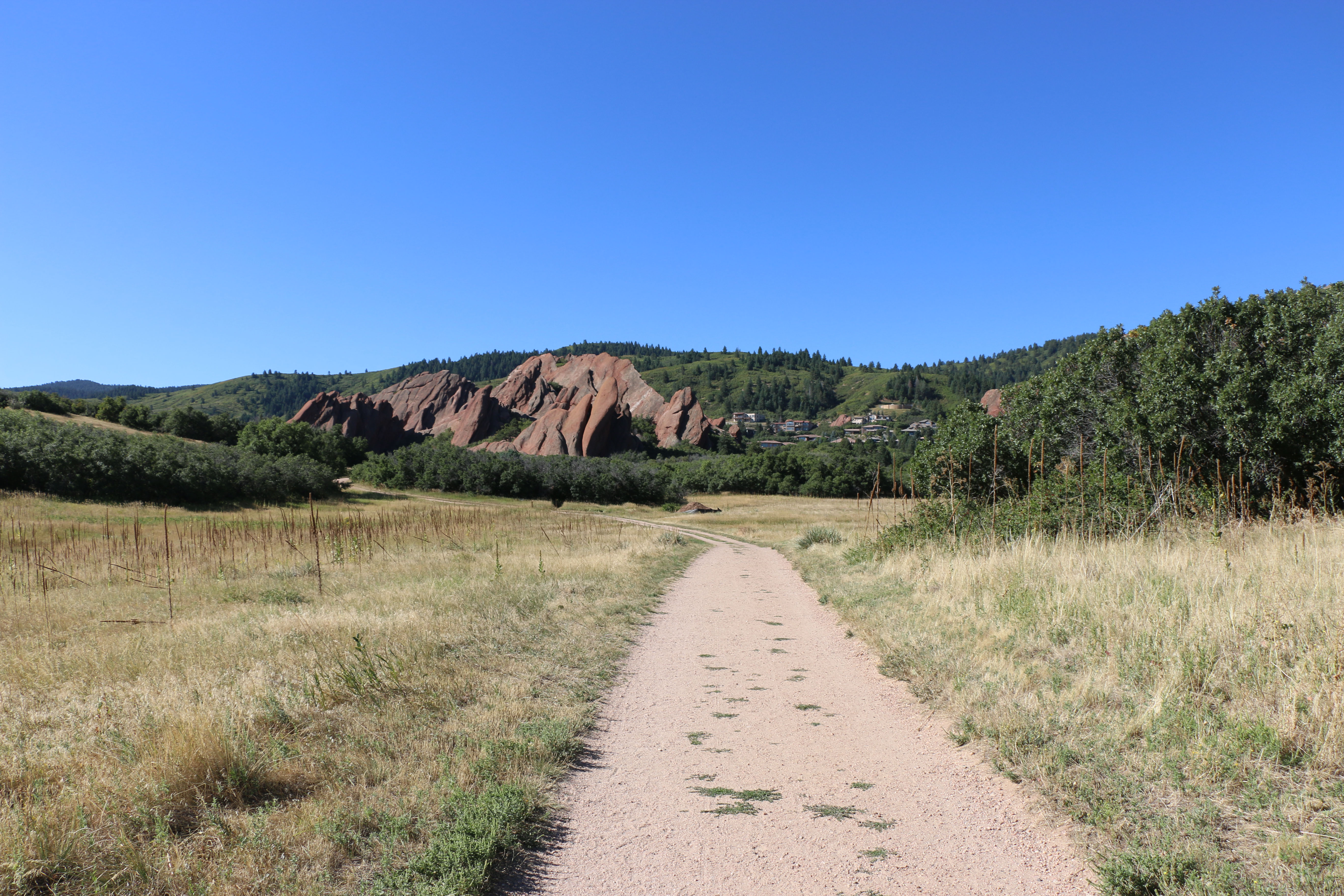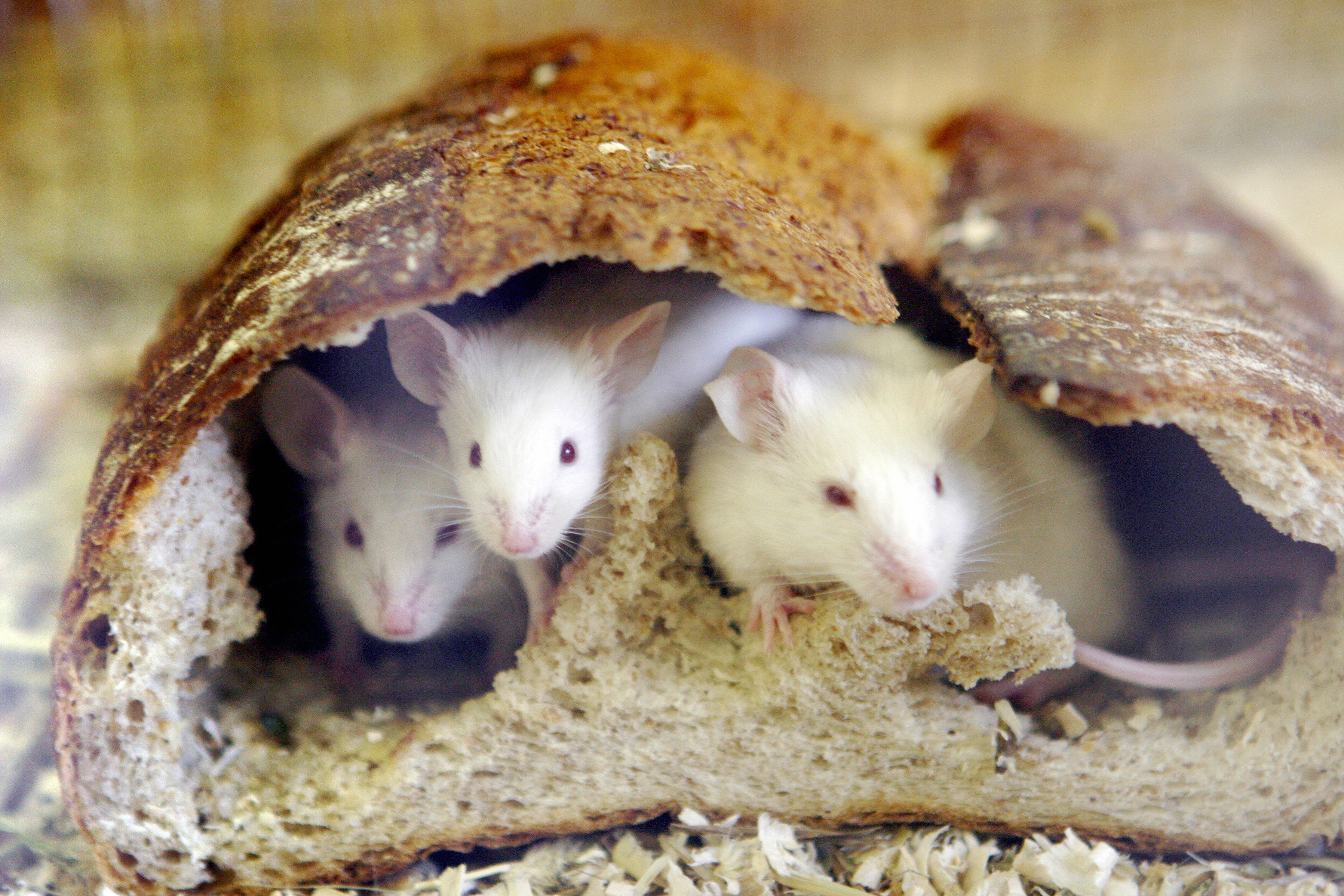You might have noticed a lot of rattlesnake incidents these days.
One man recently got bit at a dog park, and he knew what to do. The question is, do you?
We asked Jennifer Churchill from Colorado Parks and Wildlife your questions and concerns.
Here are her answers:
You see this guy in the middle of your trail. Now what?

Your initial reaction might be to run with arms flailing in the air. Maybe you've already started to cry uncontrollably. You might even try to defend your honor by attempting to kill it with a rock.
Stop, stop, stop.
Anytime you visibly see a snake in your path, slowly back away from it.
Give the snake an easy escape route.
Wait for it to pass by the trail and give it a few minutes. Jennifer says that people mostly get struck by rattlesnakes when they try to pick them up with a stick.
Where are they? In the mountains? In my backyard? My dog park

Some places with rattlesnakes will have a sign somewhere that warns you - but not all.
Rattlesnakes are most active from 50-80 degrees weather. If it's hotter than 80 degrees, they are probably taking shelter in shady areas.
Snakes also don't go above 9,000 ft. If you're hiking in places with high elevations, you're most likely not going to come into contact with one.
Is there anything good about rattlesnakes? Why do we need them?

Rattlesnakes are essential to the ecosystem. They help regulate populations of mice, voles, and other small critters. These creatures can easily overpopulate without rattlesnakes.
I want to go on a trail, and it's 75 degrees. What can I do to prevent getting bitten?
CPW and Denver Health say to wear thick boots and pants. Feet and ankles are where bites frequently happen. Stay on the trail and be aware.


